
Know the Facts
This hub is for the UK general public and is part of the Together Against RSV disease awareness initiative, created and funded by Sanofi.
Respiratory syncytial virus (RSV) is a common virus that can cause infection of the lower part of the respiratory system in infants. These are known as lower respiratory tract infections (LRTIs).1
A lower respiratory tract infection is an infection of the airways and lungs. One or both lungs can be affected.2 Bronchiolitis and pneumonia are types of LRTIs that are often caused by RSV.3
Facts
 Who can get RSV?
Who can get RSV?
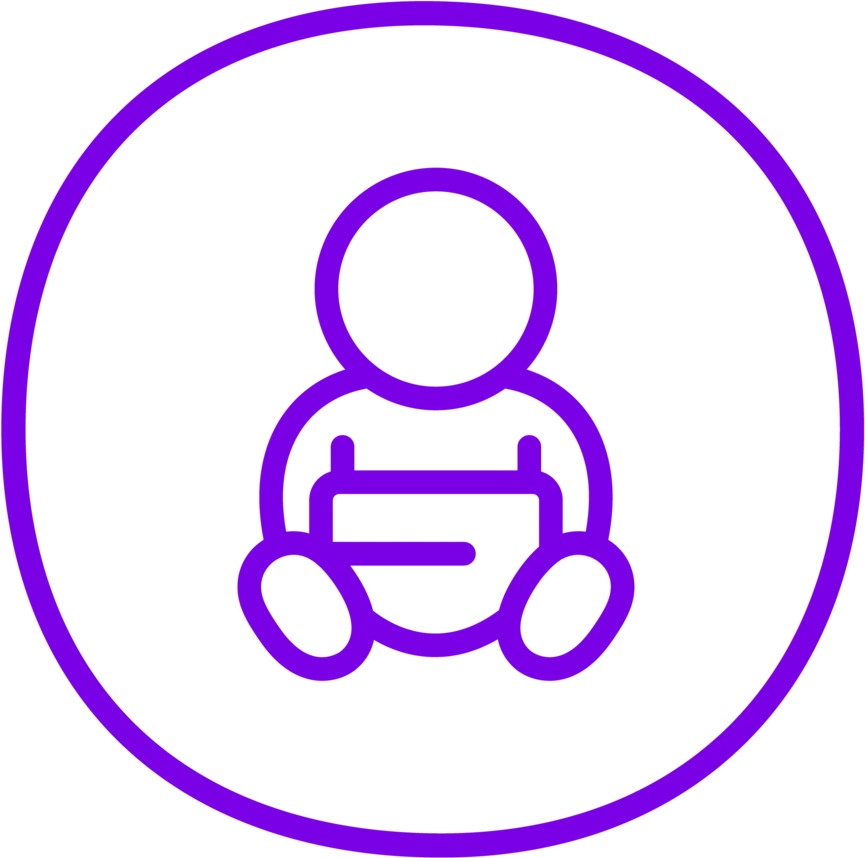 RSV and Infants
RSV and Infants
 Severe RSV
Severe RSV
 When is RSV season?
When is RSV season?
 Treatment
Treatment
 What precautions can I take?
What precautions can I take?
Symptoms
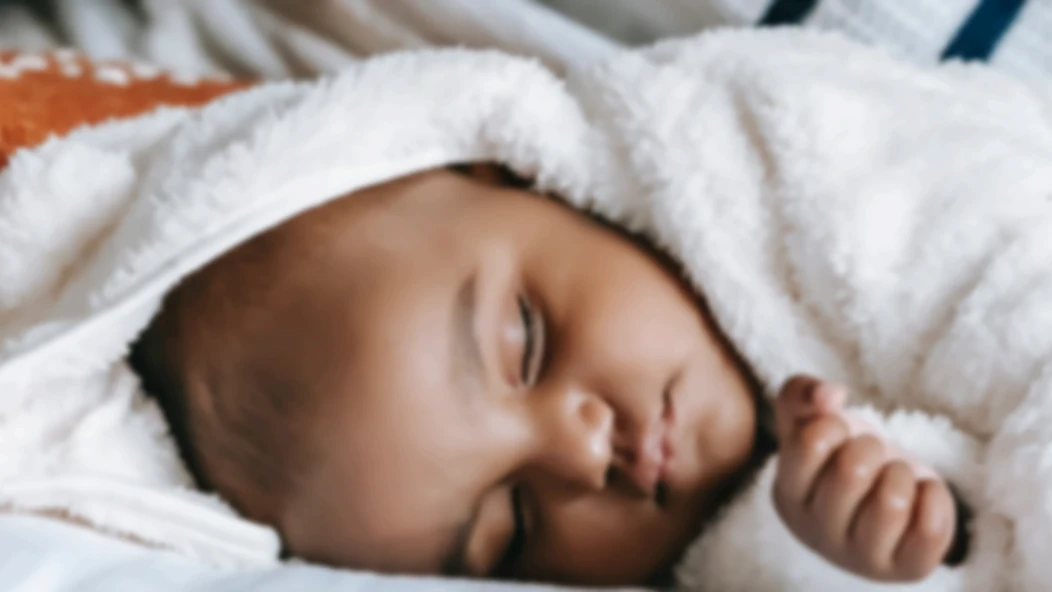
What are the symptoms of RSV-related illness in infants?
According to NHS resources, symptoms of a lower respiratory tract infection (LRTI) caused by a virus such as RSV, are usually:11
- Cold-like symptoms such as a blocked nose, a cough, or a fever
- Decreased activity
- Loss of appetite in older children, or decreased feeding in babies
- All infants are at risk of more severe RSV illnesses such as croup, bronchiolitis, and pneumonia.3,12 See below for links to NHS resources on these illnesses.
While RSV is one cause of these three illnesses, bronchiolitis, croup and pneumonia can also be caused by other viruses.3,12
The NHS recommends that you should contact your GP if you are worried about your child's symptoms, or notice any of the following:11
- They're not feeding normally (they have taken less than half their usual amount during the last two or three feeds)
- Your child has not had a wet nappy for 12 hours or more
- They're breathing very fast
- They have a persistent high temperature of 38°C or above
- They seem very tired or irritable
Although not common, sometimes symptoms can become severe quickly and more urgent help is needed. The NHS recommends that you call 999 if you notice that:11,13
- Your child has difficulty breathing or exhaustion from trying to breathe (you may see the muscles under their ribs sucking in with each breath, they may be grunting with the effort of trying to breathe, or they may be pale and sweaty)
- You're unable to wake your child or, if woken up, they do not stay awake
- Their breathing stops for a long time, or there are regular shorter pauses in their breathing
- Their skin turns very pale or blue, or the inside of their lips and tongue are blue (cyanosis). On darker skin this may be easier to see on lips, tongue or gums, under nails, or around your baby's eyes
If you're concerned about your baby, you should always seek immediate medical advice.
RSV Illnesses
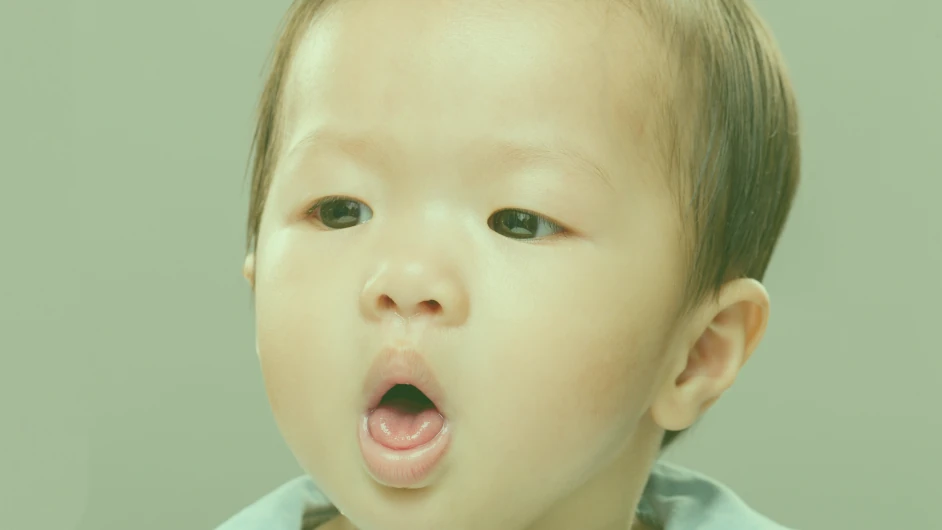
What is Bronchiolitis?
Bronchiolitis is one of the illnesses that can be caused by RSV. It's a common lower respiratory tract infection (LRTI) that affects infants and young children under two years of age. Most cases are mild and clear up within 2 to 3 weeks without the need for treatment.
Early symptoms of bronchiolitis are similar to those seen with a common cold, for example runny nose and a cough. More symptoms may develop and can include a fever, dry persistent cough, wheezing and difficulty feeding.
Bronchiolitis can sometimes worsen, meaning that infants may struggle to breathe and need to be admitted to hospital.11 You can find out more about bronchiolitis here: https://www.nhs.uk/conditions/bronchiolitis/
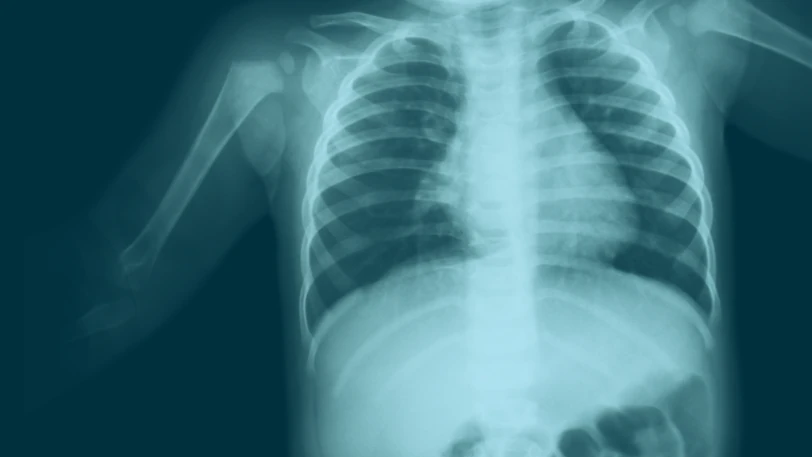
What is Croup?
Croup is another illness that can be caused by RSV. It's a common childhood condition that mainly affects the airways of infants and young children.
Symptoms of croup are characterised by a barking cough which sounds similar to a seal, a hoarse voice, breathing difficulty, and a rasping sound when drawing breath in.
Croup often begins with cold-like symptoms which can worsen at night.12 You can find out more about croup here: https://www.nhs.uk/conditions/croup/
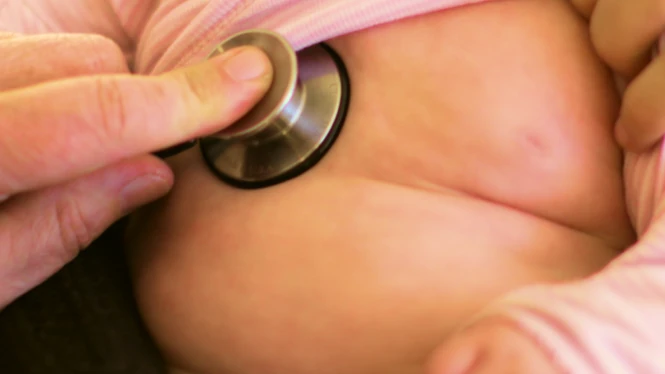
What is Pneumonia?
RSV can also cause pneumonia. It's an infection characterised by swelling (inflammation) of the tissue in one or both lungs.
Symptoms in infants include a cough, rapid heartbeat, high temperature, irritability or more tired than usual and difficulty in breathing - infants may bob their heads when breathing.14,15 You can find out more about pneumonia here: https://www.nhs.uk/conditions/pneumonia/
Together Against RSV is a disease awareness initiative organised and funded by Sanofi that aims to educate and inform the public about respiratory infections in infants caused by respiratory syncytial virus (RSV).
References
- Verwey C, Nunes M. RSV lower respiratory tract infection and lung health in the first 2 years of life. The Lancet Global Health. 2020,8(10) e1247-e1248
- How to spot respiratory tract infections in children. Retrieved February 2024, from Asthma + Lung UK website: https://www.asthmaandlung.org.uk/conditions/signs-breathing-problems-children/how-spot-respiratory-tract-infections-children
- Piedimonte, G and Perez, M. Respiratory syncytial virus infection and bronchiolitis. Pediatr Rev. 2014;35 (12):519-530
- Respiratory syncytial virus (RSV): Overview. Retrieved February 2024, from Mayo Clinic website: https://www.mayoclinic.org/diseases-conditions/respiratory-syncytial-virus/symptoms-causes/syc-20353098
- Wennergren, G and Kristjänsson, S. Relationship between respiratory syncytial virus bronchiolitis and future obstructive airway diseases Eur Respir J. 2001; 18:1044-1058 DOI:10.1183/09031936.01.00254101
- Murray. J., Bottle. A, Sharland, M. et al. Risk Factors for Hospital Admission with RSV Bronchiolitis in England: A Population-Based Birth Cohort Study. PLoS One. 2014; 9(2)
- Respiratory Syncytial Virus in Children and Adults. Retrieved February 2024, from Cleveland Clinic website: https://my.clevelandclinic.org/health/diseases/8282-respiratory-syncytial-virus-in-children-and-adults
- Respiratory Syncytial Virus. Retrieved February 2024, from KidsHealth website: https://kidshealth.org/en/parents/rsv.html
- Respiratory syncytial virus (RSV): symptoms, transmission, prevention, treatment. (n.d.). Retrieved February 2024. UK Government website: https://www.gov.uk/government/publications/respiratory-syncytial-virus-rsv-symptoms-transmission-prevention-treatment/respiratory-syncytial-virus-rsv-symptoms-transmission-prevention-treatment
- Respiratory Syncytial Virus (RSV). Retrieved February 2024, from National Foundation for Infectious Diseases website https://www.nfid.org/infectious-diseases/rsv/
- Bronchiolitis Retrieved February 2024, from NHS UK website: https://www.nhs.uk/conditions/bronchiolitis
- Croup. Retrieved February 2024, from NHS UK website: https://www.nhs.uk/conditions/croup/
- Respiratory syncytial virus (RSV). Retrieved February 2024, from Bliss website: https://www.bliss.org.uk/parents/about-your-baby/medical-conditions/respiratory-conditions/respiratory-cyncytial-virus-rsv
- Pneumonia. (n.d.). Retrieved February 2024, from NHS UK website https://www.nhs.uk/conditions/pneumonia/
- Pneumonia. Retrieved February 2024, from The Royal Children's Hospital Melbourne: https://www.rch.org.au/clinicalguide/guideline_index/Community_acquired_pneumonia/

